Exploring the Diverse Use Cases of SDXL OpenPose
Discover a wide range of practical examples that demonstrate the versatile applications of the SDXL Openpose model.
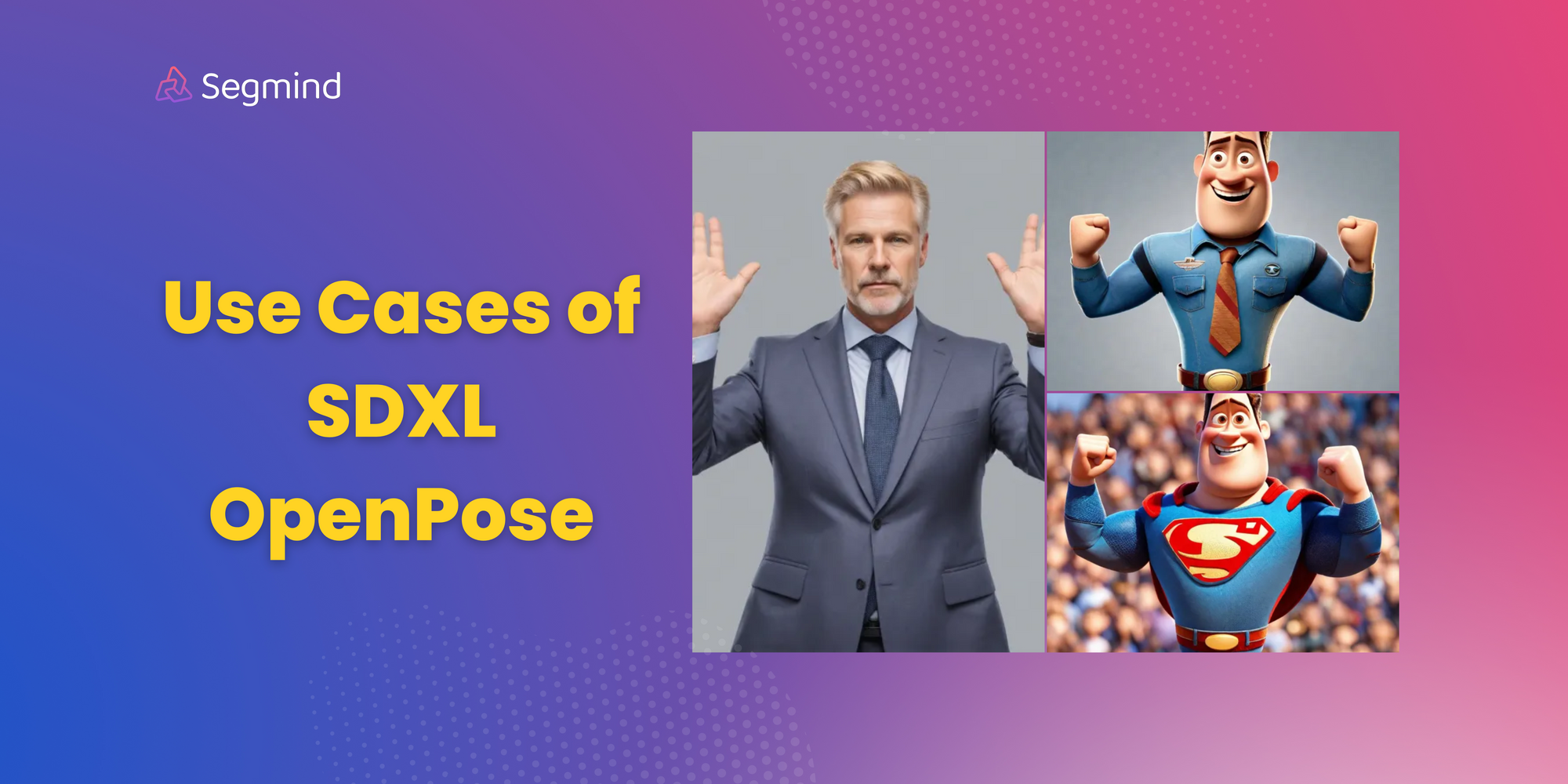
In recent years, there have been big improvements in figuring out how humans move. But even with these improvements, it's still tough to control and adjust human figures precisely in creative projects. That's where the SDXL OpenPose Model comes in. It combines the strong control features of ControlNet with the smart movement guesswork of OpenPose.
ControlNet's strong control features let users have better control over moving people around. This means you can be more exact in adjusting poses to fit the needs of different creative projects. The model is a game-changer because it directly deals with the challenge of getting better control and precision when working with human figures in creative projects. By putting together ControlNet's strong control features and OpenPose's smart movement guesses, the SDXL OpenPose Model makes it easy for users to handle the little details of how people pose with really good accuracy and ease. This new way of working opens up more creative possibilities by giving a smart solution to the ongoing challenge of getting precise control over human figures in creative work.
In this blog post, we will explore a wide range of practical examples that demonstrate the versatile applications of the SDXL Openpose model. By leveraging this state-of-the-art technology, we can effortlessly detect, analyze, and manipulate various intricate human poses with utmost precision and accuracy.
Create realistic postures in animated features
In the world of animation and film production, achieving realistic character movements is a top priority. Animators are always on the lookout for tools that can seamlessly bring the physical and animated realms together, and the SDXL-OpenPose model stands out as a game-changing solution.
Let us consider wanting to depict a triumphant character with raised arms, using the SDXL-Openpose model, we can use a reference image of an image in that pose. The model then goes on to extract the key points of the posture. Armed with this information we can now craft an animation that replicates the posture with remarkable accuracy.
Prompt: a triumphant animated character with raised arms, cinematic, Pixar-style

Output :
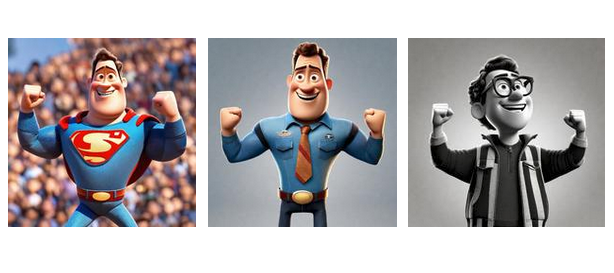
Prompt: a small cute girl walking down the road during the rain, studio Ghibli-style
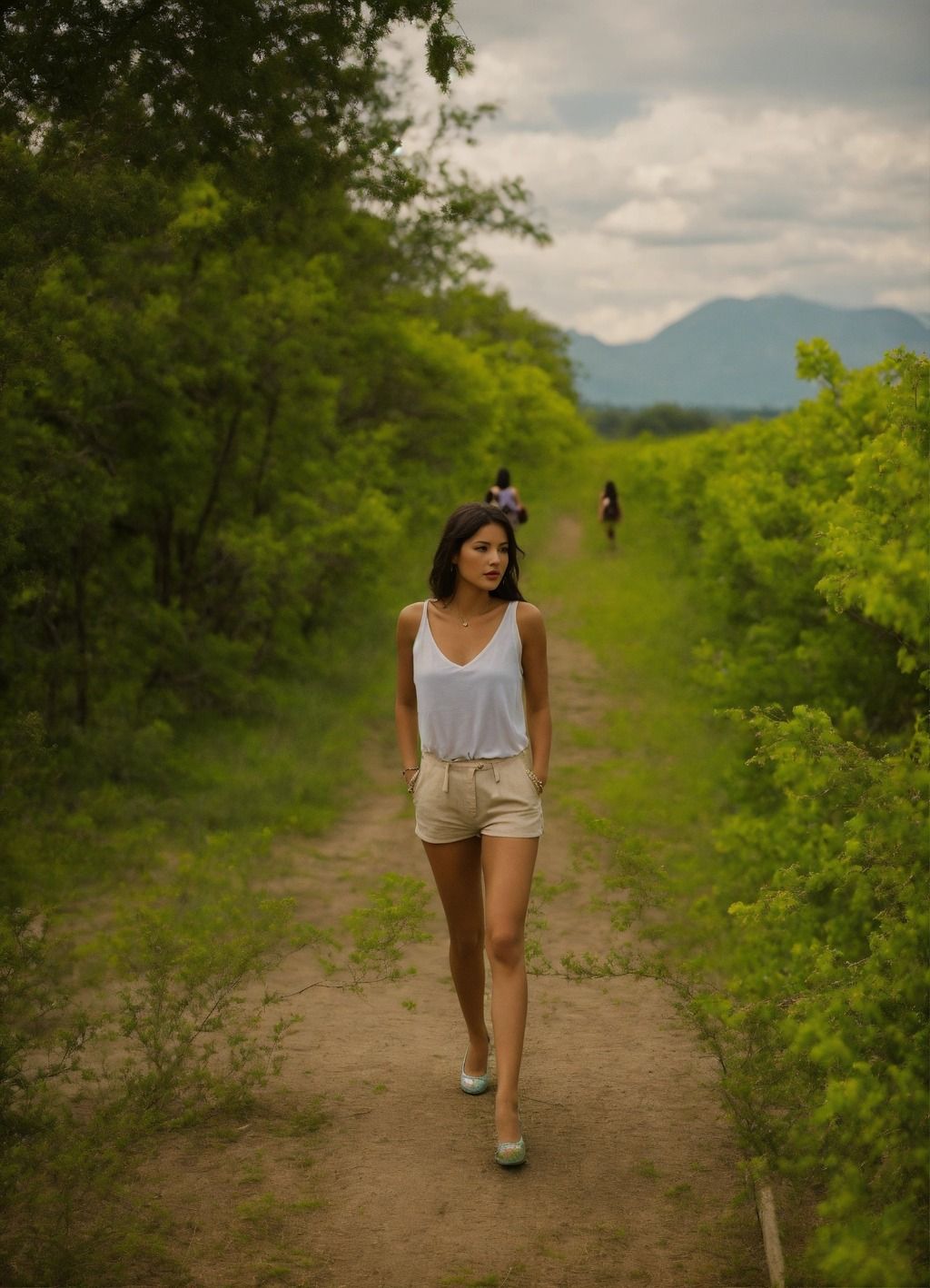
Output:
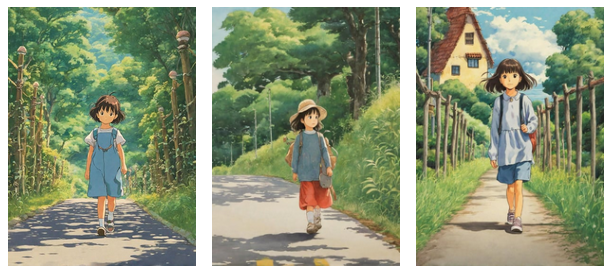
This not only simplifies the animation process but elevates it to a new level. Animators can delve into the realm of intricate movements, capturing subtle nuances that breathe life into characters. The depth and authenticity attained through this method surpass the confines of traditional animation techniques.
The SDXL-OpenPose model acts as a gateway for animators to explore the richness of character movements and also paves the way for a more nuanced storytelling experience. It significantly reduces the time and effort animators spend manually creating realistic postures. The model eliminates tedious calculations and guesswork, providing a ready-made template and freeing up time for other aspects of animation.
Personalize movie scenes:
Imagine the ability to re-imagine your favorite movie scenes, not just by changing the narrative, but by modifying the very fabric of the scene itself. We can provide personalized instructions adjusting the character poses based on the input image we would like to emulate and change the overall composition as well.
Imagine I want to modify this particular shot from the film "Social Network" into a shot where two cowboys sitting in chairs, as they engage in a tense conversation, captured in a wide cinematic shot characteristic of classic Western films.
Prompt: two cowboys interacting with each other sitting in a chair, western cinema, cinematic, wide-angle
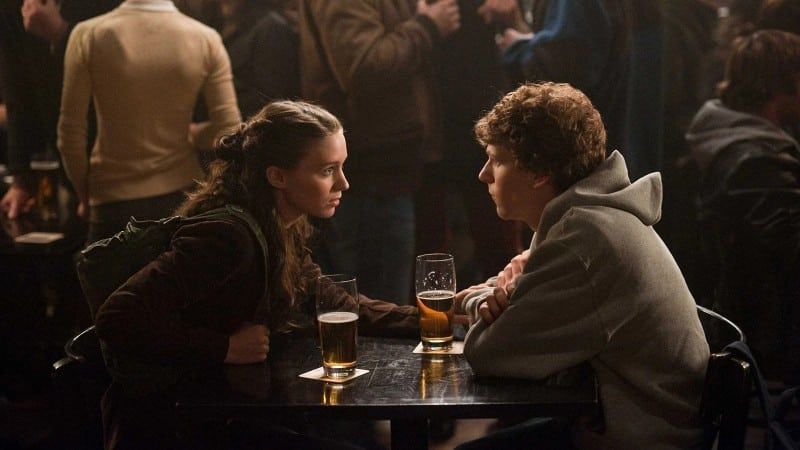
Output :
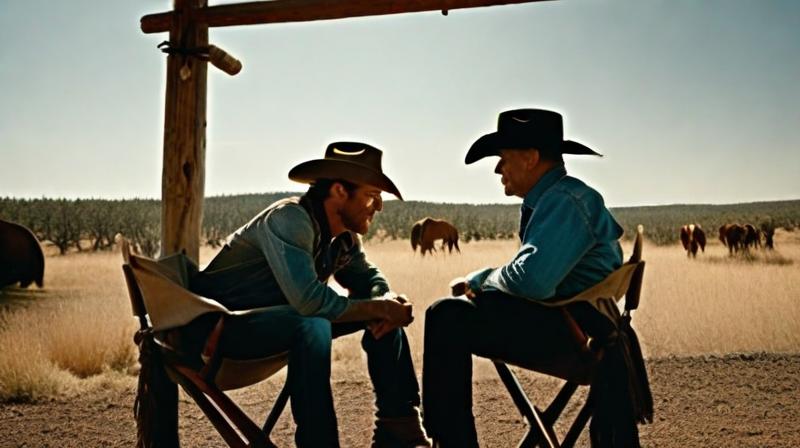
Take a look at this example where I want to transform this particular shot of James Bond into a studio Ghibli-style featuring an old man.
Prompt: An old man with a gun in his hand, Studio Ghibli style, cinematic

Output :

This isn't just about modification, it's about creating a cinematic universe uniquely tailored to your preferences. The character poses, the ambiance, and the overall composition are yours to command. Whether you seek to infuse a touch of nostalgia, introduce a dash of personal flair, or completely reimagine a scene, the possibilities are limitless.
However, it's important to note that, in the current version of the model, optimal results are achieved when working with scenes featuring standalone characters. Scenes with intricate backgrounds or large crowds might present challenges. Yet, even within these parameters, the scope for creative expression is vast.
Create Custom avatars and Characters
Creating characters for stories, games, or virtual reality usually takes a lot of time. But what if you could easily try out different designs by changing how they stand? Imagine finding the perfect look for your character based on other images and prompts in just a few clicks and simple commands.
With this approach, you can quickly experiment with various designs, making the process much faster and more enjoyable. For example, let us say we want our character to be a female in a futuristic city more like in the game Cyberpunk 2077.
Prompt: a woman standing in the road with neon streetlights in the back in a futuristic universe.
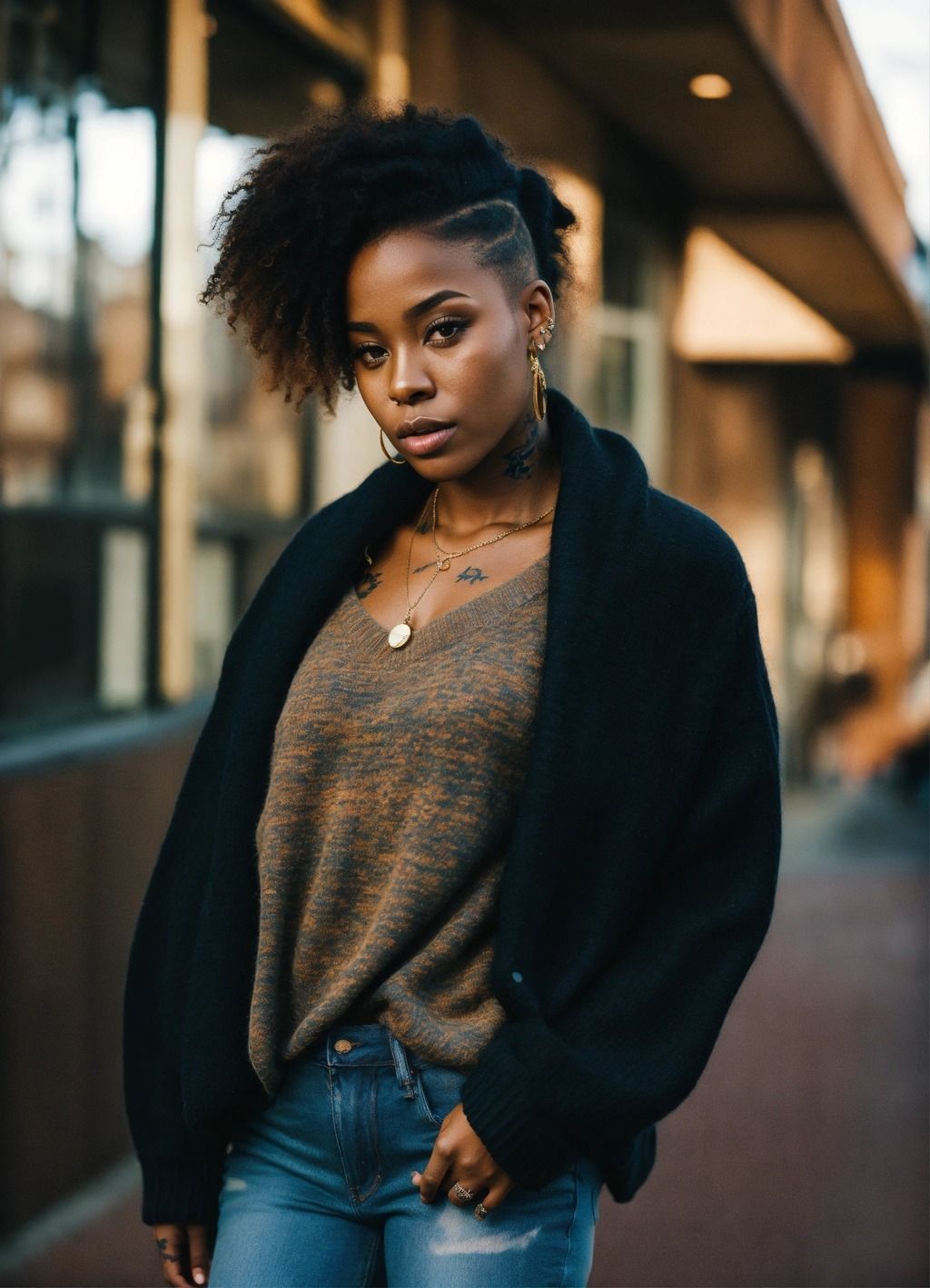
Output:

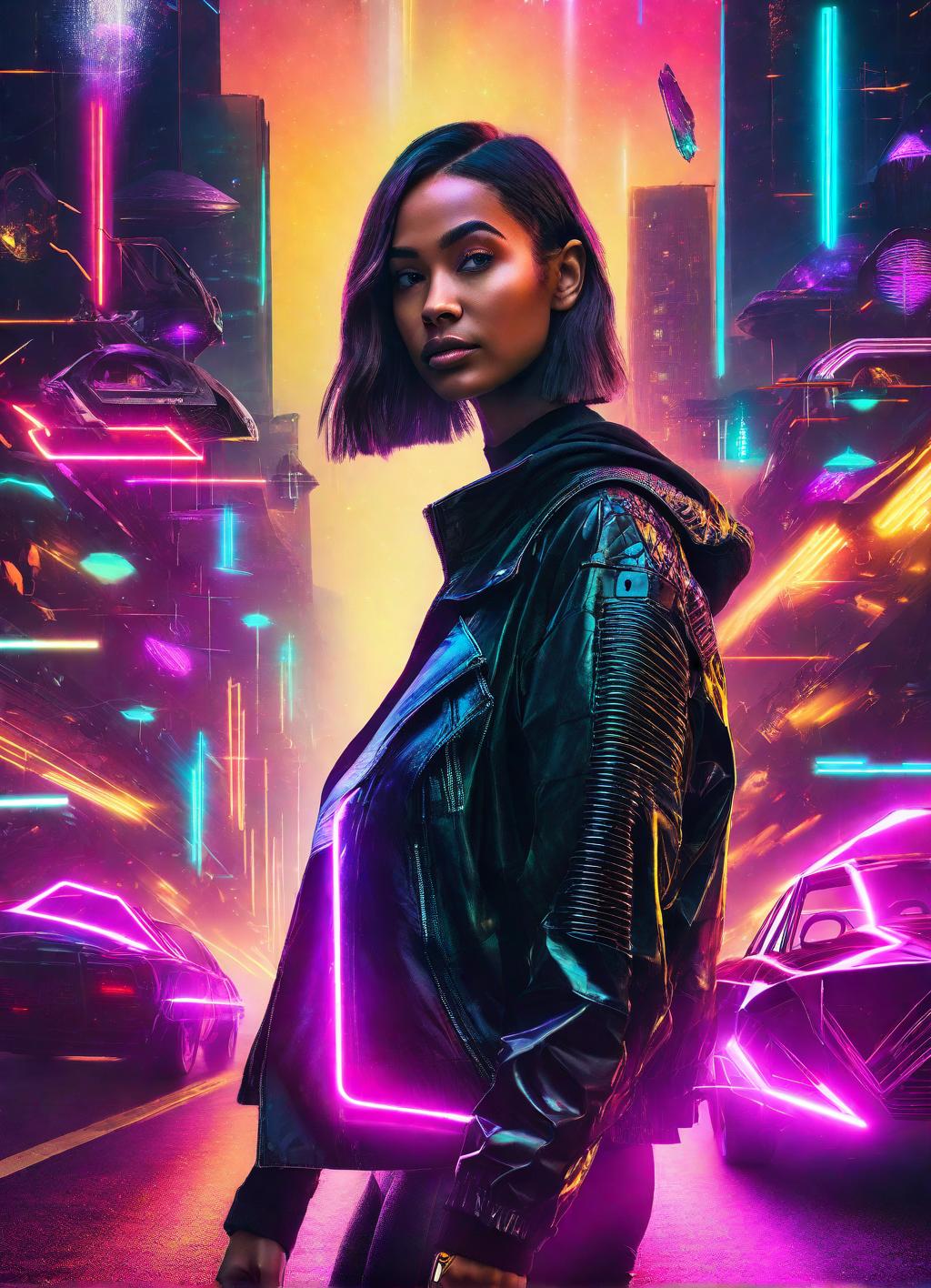
It's about making character creation accessible and exciting, allowing you to explore a variety of designs efficiently. Think of it as a creative adventure. You're the captain of your avatar ship, sailing through a sea of possibilities. No more settling for generic characters – now, your virtual self can be as unique as you are.
Designing characters is a complex and tedious process hence using the SDXL-Openpose model makes the process easier. No more staring at a blank canvas for hours. With these models, you can throw ideas into the mix, play around with different styles, and see what clicks.
Conclusion
The impact of the SDXL-OpenPose model in accurately manipulating human poses is truly game-changing. Its applications extend far and wide, from personalized movie scenes to crafting animation postures. The versatility of this tool makes it invaluable, providing remarkable accuracy and ease of use. Whether you're designing clothing or developing product presentations, the SDXL-OpenPose model emerges as a powerful ally. The possibilities seem limitless, urging us to leverage these tools with precision and purpose, making them more accessible for a broad range of applications.

